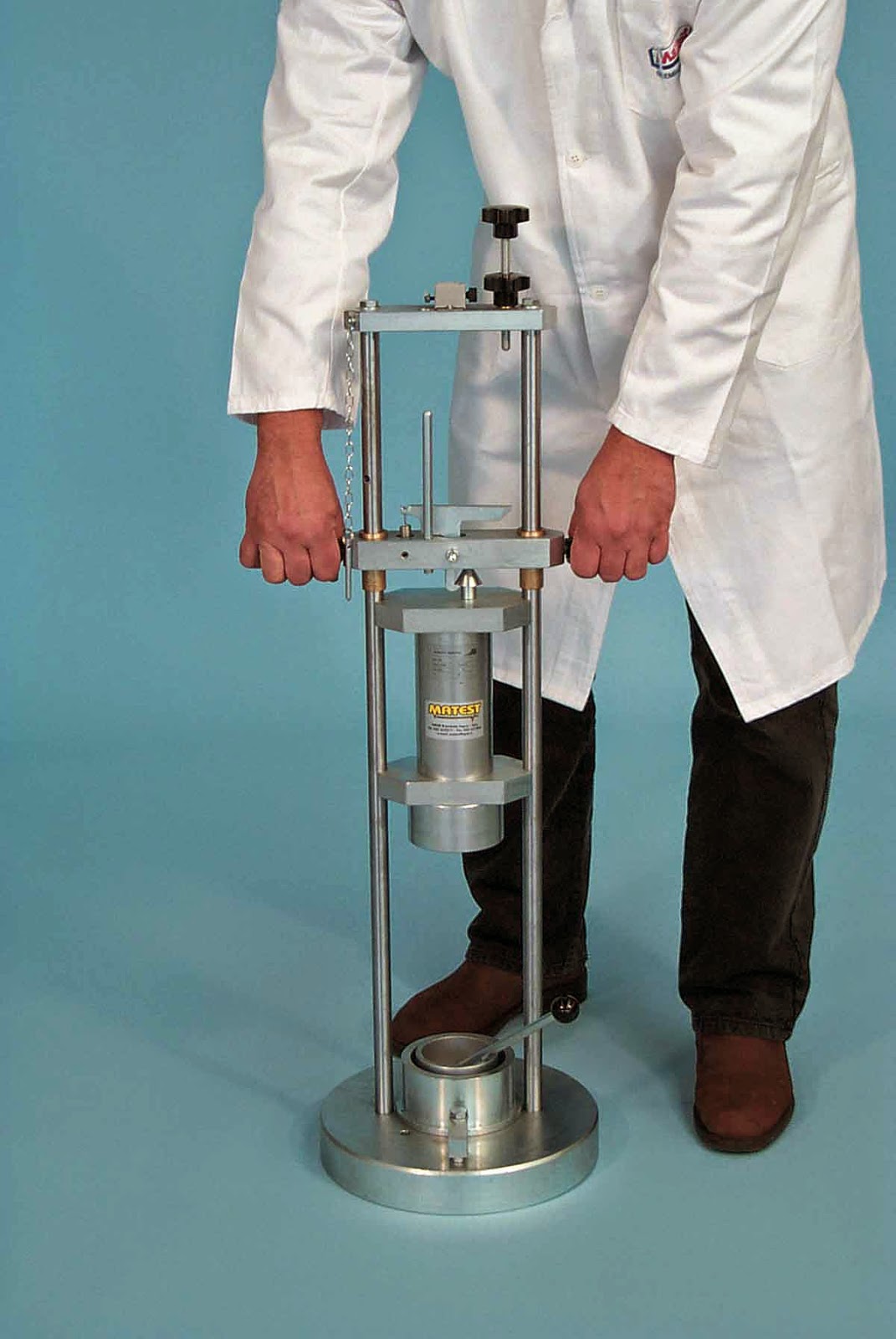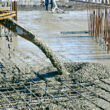Scope:
Aggregates:
-Natural aggregates taken from quarries (natural deposits)
-Manufactured aggregates include blast furnace slag, clay and slate etc.
Aggregate Classification (ASTM C125)
Coarse Aggregates are defined as aggregates retained on no. 4 (4.75 mm) sieve
Significance of Test
Apparatus
- Impact testing machine; the machine consists of a metal base, a detachable cylindrical cup, a metal hammer capable of sliding freely between vertical guides and fall from a height of 38 cm in the test sample cup
- A cylindrical measure
- Tamping rod
- BS sieves; size 14 mm, 10 mm and 2.36 mm
- Balance, oven, rubber mallet, metal tray and brush, etc.
Procedure
- The test sample consists of aggregates passing 14 mm and retained on 10 mm sieve. Wash the sample and dry at 100 to 110 °C for four hours and cool to room temperature
- Fill the cylindrical measure with the aggregate sample and tamp with 25 blows of tamping rod.
- Weigh and record the mass of the sample (M1)
- Transfer the sample to the machine cup and compact it by applying 25 strokes of tamping rod
- Raise the hammer and allow it to fall freely on the aggregates The sample is subjected to a total of 15 aggregates. The sample is subjected to a total of 15 such blows, each being delivered at an interval of not less than one second.
- Remove the crushed aggregate from the cup and sieve using 2.36 mm sieve. The fraction passing the sieve is weighed (M2). The fraction retained on the sieve is also weighed (M3). If M2 + M3 differs from M1 by more than 1 g discard the results and repeat the test.
Calculations
Aggregate Impact Value (AIV) = (100*M2)/M1
Where:
M1 =Mass of the test specimen
M2 = Mass of the test specimen passing 2.36 mm test sieve
Results
< 10 Exceptionally strong
10-20 Strong
10-30 Satisfactory
> 35 Weak















Not quite EVERYTHING about the AIV test, see: http://qjegh.geoscienceworld.org/content/23/2/187.abstract
Not quite EVERYTHING about the AIV test, see: http://qjegh.geoscienceworld.org/content/23/2/187.abstract